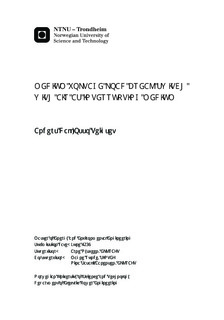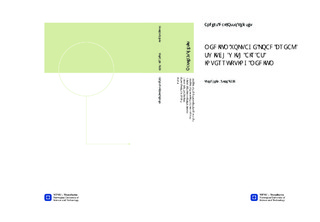| dc.description.abstract | Compact load break switches (LBSs) are common inside compact substations, and other places in the medium voltage distribution system where space is a limiting factor. SF6 is usually applied as interruption and insulation gas due to its excellent electrical characteristics. However, because of its strong greenhouse gas potential, other more environmentally benign gases, like air, are of interest to the industry.Current interruption is a complex process, and optimising the design of a medium voltage LBS is difficult. When using air instead of SF6, optimisation with regard to size is important, since larger equipment will not fit in many existing installation sites. Due to the superior properties of SF6, little research has been done on using air as interrupting gas in LBSs, and good simulation tools for design optimisation are yet to be developed.This master thesis concerns current interruption in air at load currents with different nozzle and contact geometries, and investigates how the air flow is affected by these parameters. Furthermore, the possibility to use the arcing voltage as a parameter in the development of a simulation tool for predicting the outcome of an interruption is also examined. A high-speed camera has been used to film the interruption to more thoroughly understand the impact the air flow has on the arc.This report consists mainly of experimental work conducted with a test switch and laboratory designed for parameter studies, and with test conditions similar to those used for product testing.The results from current interruption testing show that the minimum upstream over-pressure needed to successfully interrupt the current varies for different currents and nozzle geometries. For the 24 kV / 630 A tests, a threshold value for obtaining successful interruptions seems to be 0.3 bar over-pressure, while at 880 A an over-pressure of at least 0.4 bar is required for the tested geometries.The arcing voltage was monitored during successful and unsuccessful current interruptions, but no clear difference in the arcing voltage was found between the two outcomes. During interruption testing, steep drops in the arcing voltage have occasionally been observed. By filming the arc it was found that these steep drops most likely were caused by the arc short circuiting itself due to unnecessary elongation. | nb_NO |

